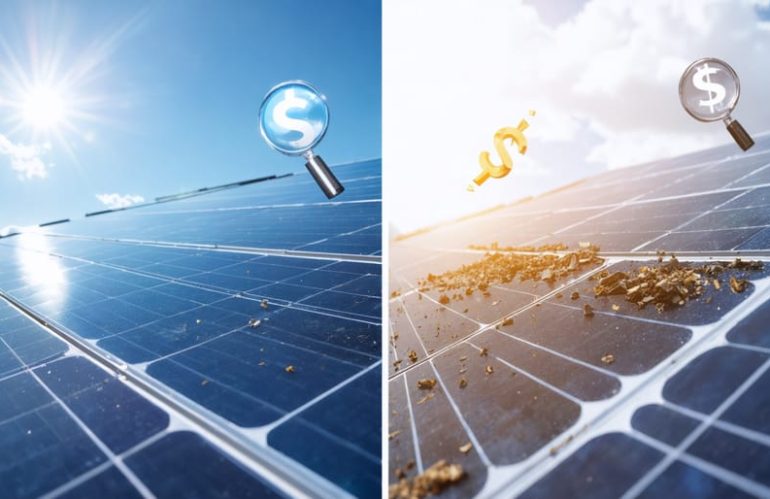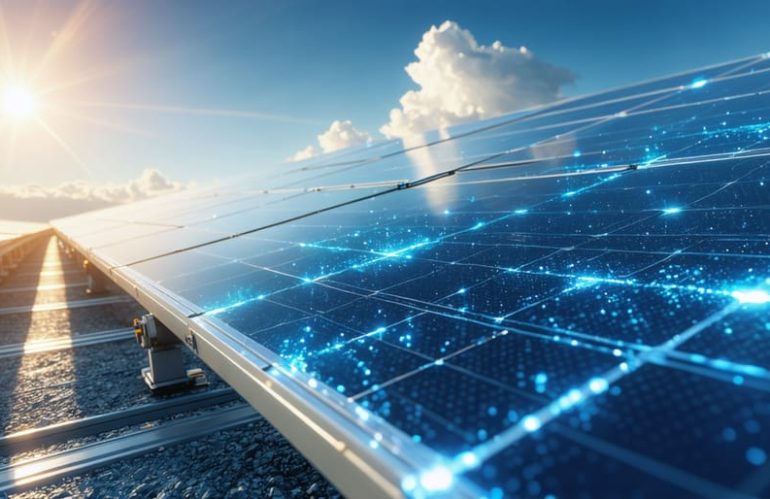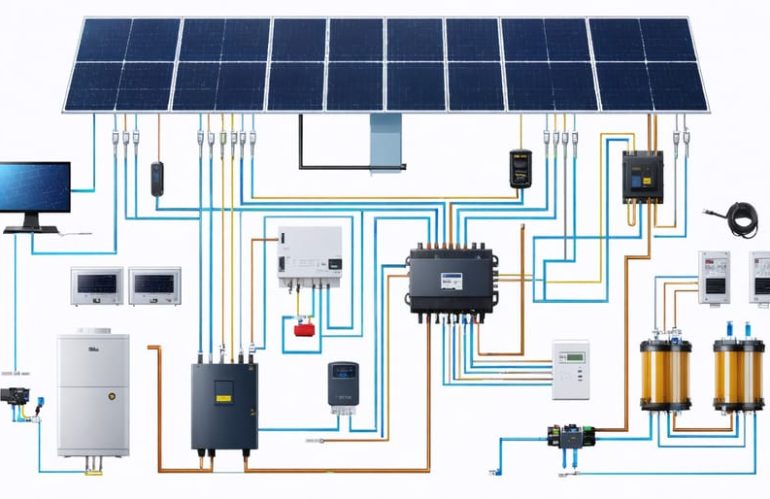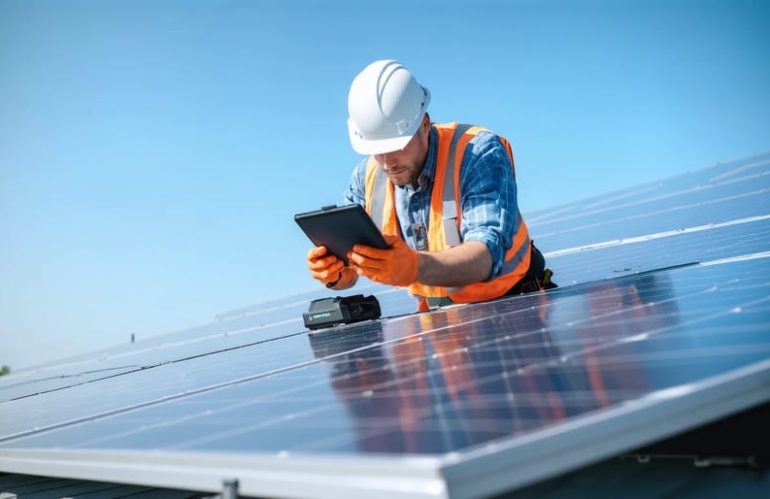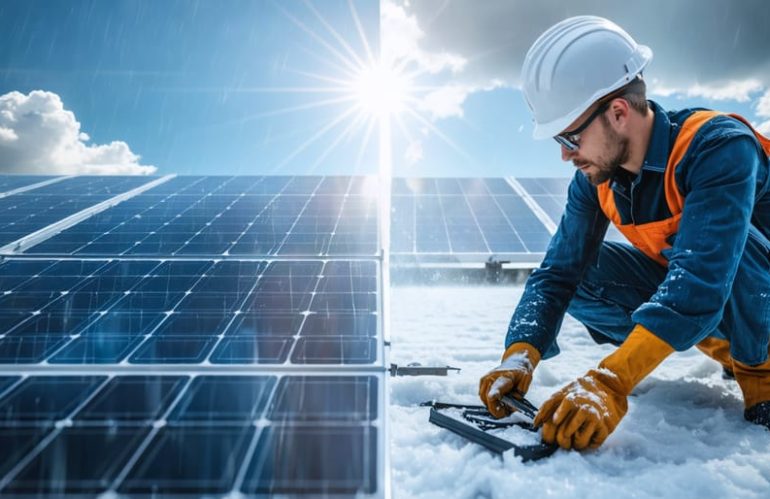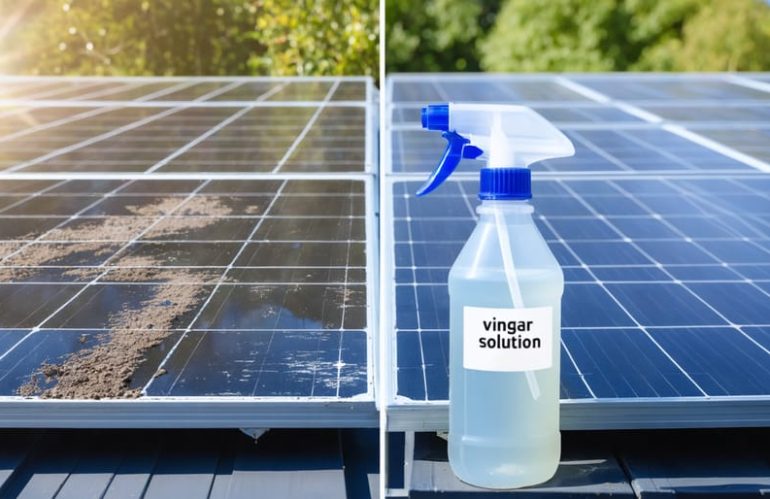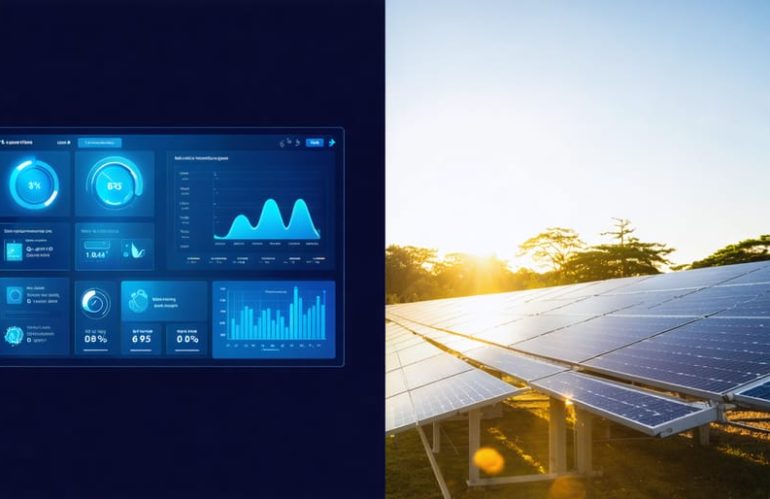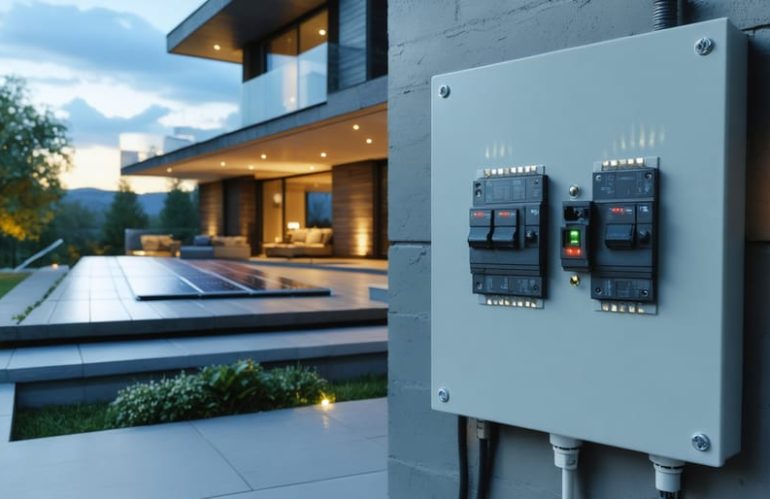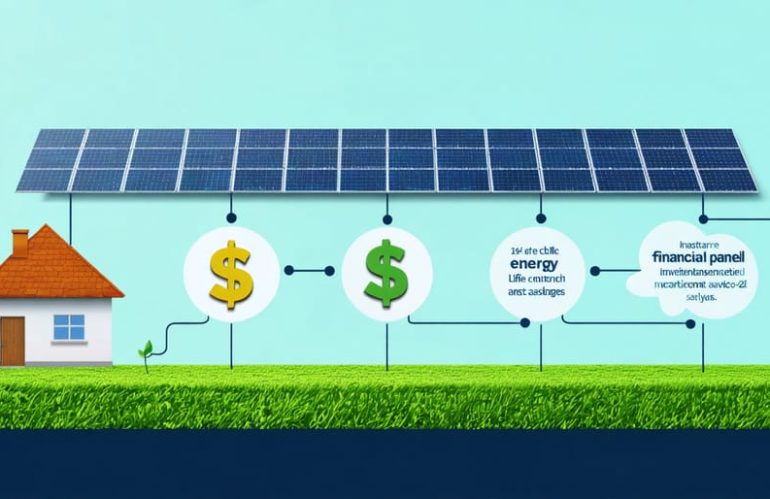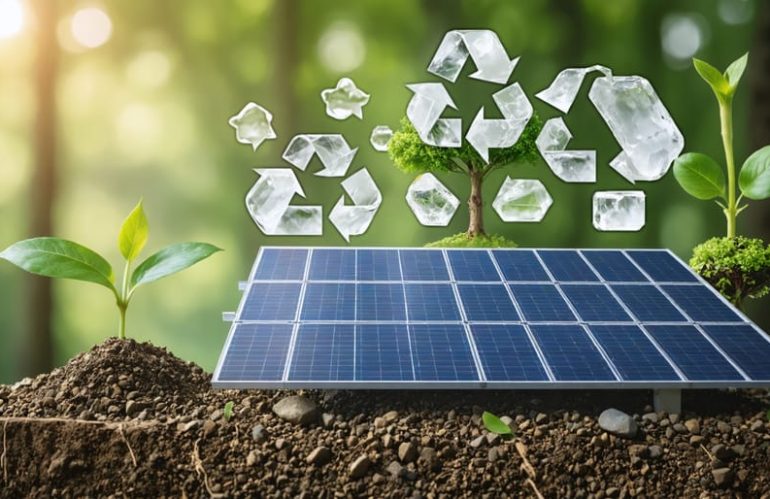Lifecycle maintenance transforms your solar investment from a one-time purchase into a lasting power-generating asset that delivers reliable energy for decades. Regular maintenance not only maximizes your system’s efficiency but also protects your initial investment, ensuring optimal performance through every season. Think of it as a comprehensive care program that follows your solar installation from day one through its entire 25+ year lifespan, addressing everything from routine panel cleaning to inverter checks and performance monitoring.
While solar systems are remarkably durable, strategic maintenance at key intervals …
Category: Maintenance and Operations
Guides, procedures, and best practices for maintaining and operating solar panel systems
New Solar Panel Tech Makes Your Investment Last Decades Longer
Solar technology stands at the cusp of a remarkable transformation, pushing far beyond the typical solar panel lifespan of 25-30 years. Recent breakthroughs in photovoltaic efficiency and energy storage have revolutionized how we harness the sun’s power, making solar energy more accessible and cost-effective than ever before. From perovskite solar cells achieving unprecedented conversion rates to bifacial panels that capture reflected sunlight, these innovations are reshaping the …
Fix Your Solar Panel Wiring Problems: A Clear Path to Peak Performance
Understanding your home’s solar wiring diagram unlocks the key to efficient energy production, system maintenance, and safe troubleshooting. A properly designed residential solar wiring schematic connects your solar panels, inverter, charge controller, batteries (if applicable), and main electrical panel into a seamless power-generating system. Whether you’re planning a new installation, maintaining an existing setup, or diagnosing issues, mastering the fundamentals of solar wiring diagrams empowers you to take control of your renewable energy investment.
This comprehensive guide walks you through the essential …
Keep Your Solar Panels Running Strong: A Homeowner’s Essential Inspection Guide
Regular solar panel inspections safeguard your renewable energy investment and maintain optimal power generation for years to come. Professional inspections typically uncover issues before they escalate into costly repairs, from microscopic cracks and loose connections to debris accumulation that silently drains system efficiency. While most homeowners schedule annual professional check-ups, monthly visual inspections from ground level can catch obvious problems like visible damage or significant dirt buildup.
A thorough solar panel inspection encompasses three critical areas: physical condition assessment, performance monitoring, …
Keep Your Solar Panels Running Strong Through Extreme Weather
Protect your solar investment with a systematic maintenance routine that helps your panels survive extreme weather conditions and maintain peak efficiency. Regular cleaning removes performance-reducing debris, while quarterly inspections catch potential issues before they become costly repairs. Schedule professional check-ups twice yearly to verify electrical connections, mounting hardware, and inverter functionality. Document your maintenance activities, including cleaning dates, energy output readings, and any…
Yes, Vinegar Can Clean Solar Panels (But Here’s What You Need to Know)
Vinegar’s natural acidity makes it a powerful, eco-friendly solution for maintaining solar panel efficiency. Regular cleaning can prevent the significant impact of dirty solar panels on energy production, and this common household ingredient offers a safe, affordable alternative to commercial cleaners. By combining one part white vinegar with eight parts water, homeowners can create an effective cleaning solution that dissolves mineral deposits and breaks down stubborn grime without …
Smart Data Cuts Your Solar Panel Maintenance Costs in Half
Slash maintenance expenses by up to 40% through strategic preventive maintenance scheduling, data-driven equipment monitoring, and optimization of resource allocation. Modern maintenance management demands a delicate balance between cost reduction and operational excellence – yet achieving this balance has never been more critical for business sustainability. Smart organizations are revolutionizing their maintenance approaches by implementing predictive analytics, automating routine inspections, and adopting condition-based maintenance strategies that dramatically reduce unexpected downtime and emergency repairs.
Forward-…
Solar Ready Panels: The Smart First Step to Home Solar Success
A solar ready main service panel revolutionizes the process of installing solar panels at home, eliminating costly electrical upgrades and streamlining your transition to clean energy. Modern homes increasingly feature these specialized electrical panels, which come pre-configured with dedicated breaker spaces and bus bars designed specifically for solar integration. Unlike traditional panels that often require extensive modifications, solar ready panels offer seamless compatibility with photovoltaic systems, potentially saving homeowners thousands …
Solar Panel Life Cycle Costs Revealed: A 25-Year Investment Analysis
Discover how a comprehensive life cycle cost analysis can revolutionize your solar investment decisions through real-world savings calculations. When Sarah Thompson installed a 10kW solar system on her Colorado home, the initial $20,000 investment seemed daunting. Yet, a detailed 25-year cost analysis revealed striking insights: the system would pay for itself in just 8 years, save $45,000 in energy costs, and increase her property value by 4.1%. This practical example demonstrates why life cycle cost analysis isn’t just a financial tool—it’s an essential decision-making framework that considers installation, maintenance, …
Solar Panel Manufacturing: The Environmental Trade-offs That Matter to Homeowners
Solar panel manufacturing presents a fascinating paradox in our quest for clean energy. While installing solar panels at home significantly reduces carbon emissions over time, their production process requires careful environmental consideration. Today’s solar manufacturing combines innovative recycling techniques, advanced materials science, and increasingly efficient production methods to minimize its ecological footprint.
The environmental impact of solar panel production has decreased by over 70% in the past decade, thanks to cleaner…

